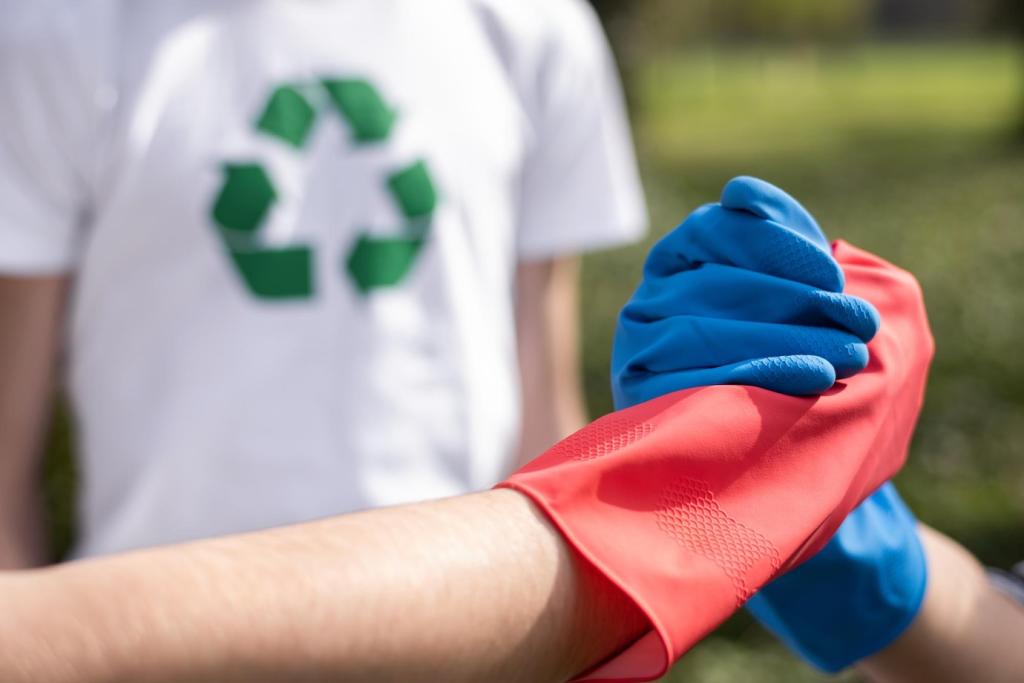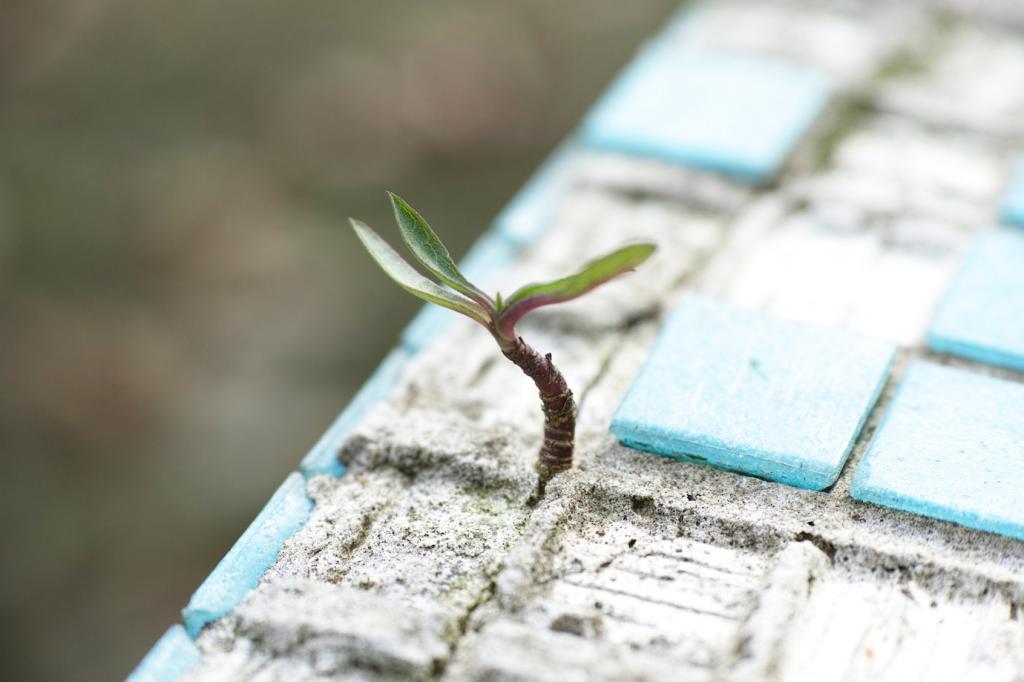Why Renewable Resources Elevate Everyday Furniture Care
Renewable resources replenish on a human timescale—think flax for linseed oil, tung trees for tung oil, beeswax from thriving apiaries, or carnauba wax harvested from palm leaves. When these materials feed your care routine, you’re aligning maintenance with natural cycles. Comment below if you’ve already made a renewable swap.
Why Renewable Resources Elevate Everyday Furniture Care
Many petroleum-based polishes and strippers release volatile organic compounds that linger in living spaces. Plant-based oils, water-borne finishes, and natural wax blends typically reduce off‑gassing while still protecting surfaces. Your lungs, pets, and kids benefit from fewer irritants. If cleaner air matters to you, subscribe for our low‑VOC product roundups.







